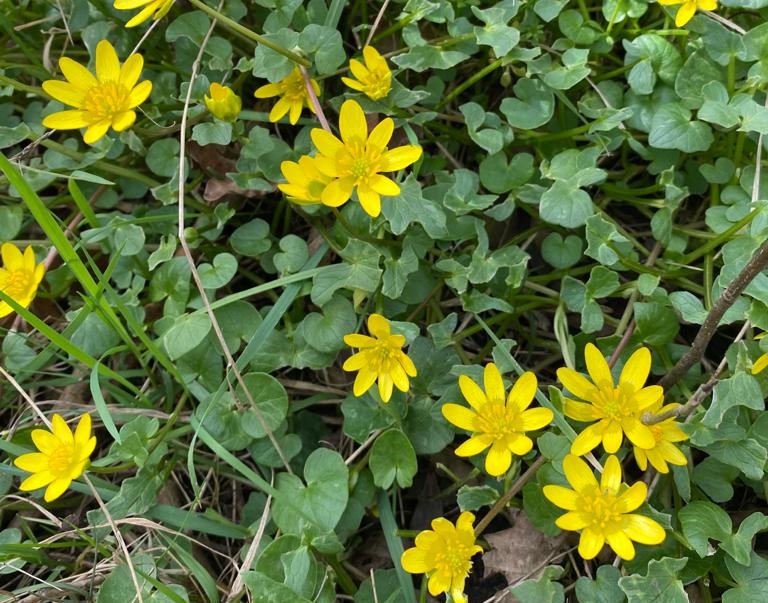How to make seed bombs
The summer holidays are a great time to get kids outside and excited about nature. Making seed bombs is not only a great way to entertain the family but is a great way to encourage biodiversity in your gardens. Keep reading to find out how to make them.
The benefits of seed bombs
Seed bombs are a great way to encourage biodiversity in your garden, whether you choose to make them with wildflower seeds or vegetable seeds. Either way, please make sure to only plant your seed bombs in your own garden so you do not accidentally plant species in areas they won’t thrive in or, even worse, cause damage to other wildlife.
Choosing to use wildflower seeds to make your bombs not only adds a beauty and charm to your space, but also benefits the world around us. They provide a critical habitat and food source for our pollinators, insects, and other wildlife. This means they are vital in creating a healthy and functioning ecosystem that continues to produce a variety of crops and wildlife. Wildflowers can also improve soil health, prevent erosion, improve water quality, and improve conditions for livestock.

When choosing which wildflower seeds to add to your seed bombs, make sure to choose wildflowers that are native to the UK and local to the area you are planting them in. You can ensure this by buying from a local, reputable seller and checking the label to make sure there are no exotic seeds mixed in to your native wildflower mix. This is so important to make sure you plant flowers that will thrive where you plant them and to avoid introducing invasive species.
Using vegetable seeds in your bombs is another great option! It is another great, natural way of adding colour to your space, encouraging biodiversity, and maybe even growing a tasty treat along the way!
Making your seed bombs
Why not follow along with Biodiversity Intern Tasha and Learning and Skills Intern Ellie as they make their very own seed bombs?
Download your step-by-step instructions here:
What you will need:
- Native wildflower seed mix / vegetable seeds
- Compost
- Air dry clay / brown paper / toilet roll
- Water
- Bowl
Optional extras:
- Biodegradable tissue paper
- String
Instructions:
1. Choose the material you will make your seed bombs with – air dry clay, brown paper or toilet paper.
2. If you choose to use brown paper, rip it up into small pieces and soak it in cold water so it becomes gunky and ready to be shaped into a ball.
3. Mix together a large handful of your chosen material and a little bit of soil (about 5 parts to 1). This doesn’t have to be exact, but you want more of your material than soil so that the bombs hold together. If you are using brown paper, you do not need to mix it with any soil so just take a large handful and pat it down until it is flat in the palm of your hand.
4. Add the seed mix to your mixture. If you are using brown paper then sprinkle a handful of wildflower seeds onto the flat paper.
5. If you are using paper then squeeze the mixture together until you have a golf ball sized seed bomb. Remember to squeeze the excess water out. If you are using a compost mixture, add a little bit of water and squish everything together with your hands until the consistency is like thick cookie dough. Make sure not to use too much water or it gets gooey and runny. If you do use too much, don’t worry, just add a little more soil.
6. Once everything is mixed together, roll the mixture into golf ball sized balls.
7. Set them on a tray overnight and let them dry until they are completely hardened.
8. Now for the fun bit – plant them by throwing your seed bombs at bare parts of your garden!
Extra steps:
9. If you’d like to make natural and environmentally friendly gifts for your friends and family, wrap your seed bombs up in biodegradable paper and secure them with string. They would make great gifts for Earth Day, Mother’s Day, Valentine’s Day, Christmas, Teacher Appreciation, or just because.
More nature activities for kids
Subscribe to our YouTube channel for more fun activities for kids and check out the other nature activities being added over the summer holidays, from making natural bird feeders for your garden to going wildflower spotting on your Forest walks.



